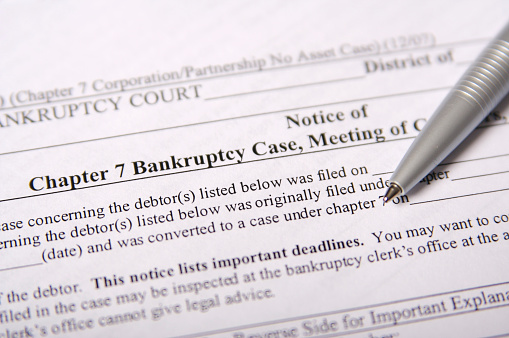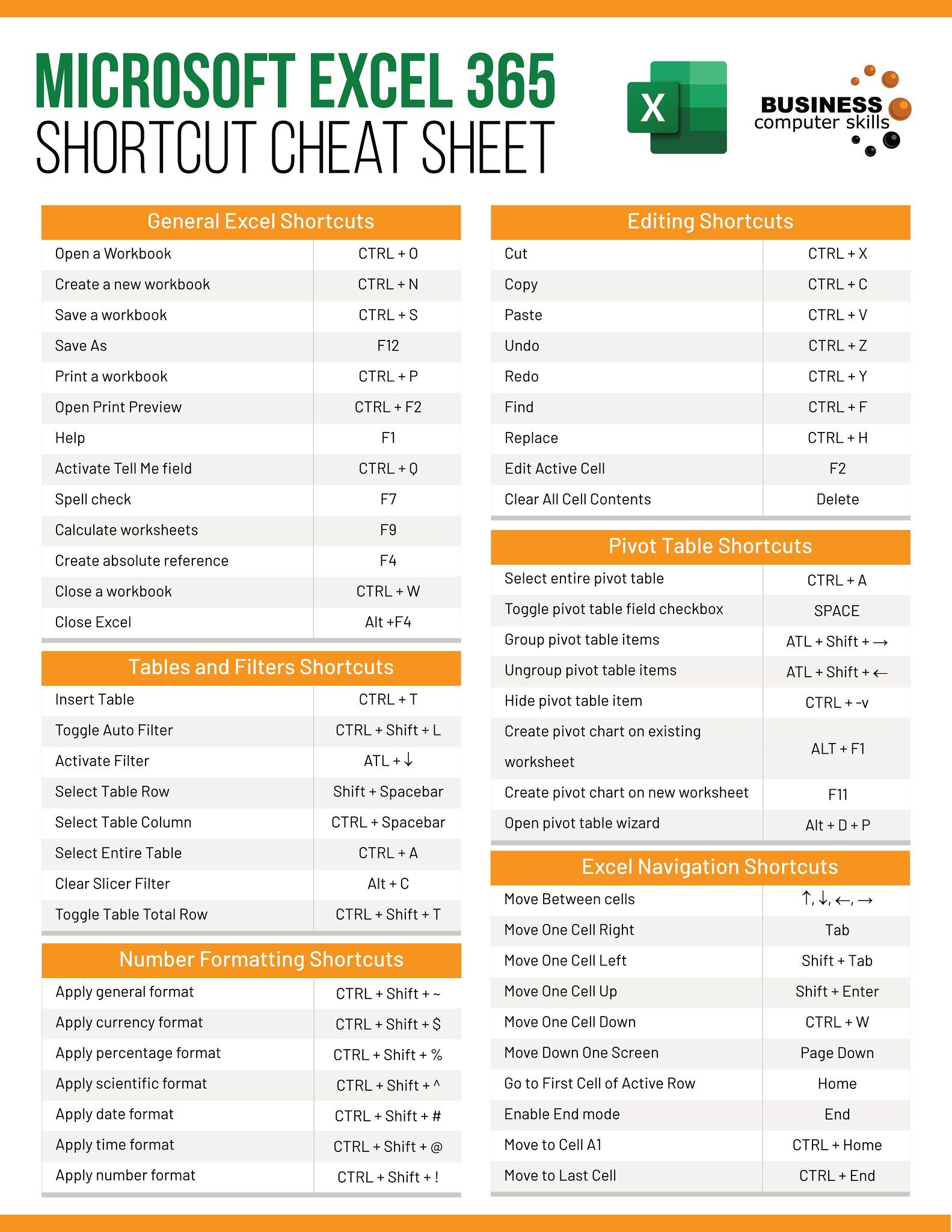Completing Iowa Bankruptcy Paperwork: Step-by-Step Guide

Embarking on the journey of filing for bankruptcy can feel daunting, but having a clear understanding of the process can alleviate much of the stress involved. Filing for bankruptcy in Iowa requires meticulous preparation and documentation. This guide is designed to walk you through the Iowa bankruptcy paperwork process, helping you to understand, prepare, and file your documents effectively.
Understanding Bankruptcy Types

Bankruptcy isn't one-size-fits-all. Understanding the different types is crucial:
- Chapter 7 Bankruptcy - Liquidation of assets to pay off debts. This is suitable for those with limited income.
- Chapter 13 Bankruptcy - For those with a steady income, this involves reorganizing debts into a repayment plan.
Initial Requirements

Before diving into the paperwork, here are some preliminary steps:
- Consult with a bankruptcy attorney or take advantage of credit counseling services as required by law.
- Complete a credit counseling course from an approved provider.
- Collect personal and financial information, including income, debts, assets, and expenditures.
Key Documents for Filing Bankruptcy in Iowa

When filing for bankruptcy in Iowa, you'll need the following documents:
- List of all creditors and the amount and nature of their claims.
- A detailed statement of your financial affairs.
- All property (assets) you own.
- All your income sources and amounts.
- Recent tax returns.
- Proof of completion of the credit counseling course.
- A statement of your intention for secured debts.
📘 Note: Ensure that all documents are accurately completed, as errors can lead to delays or even dismissal of your case.
Step-by-Step Guide to Preparing Bankruptcy Paperwork

1. List Your Creditors

- Create a comprehensive list of every creditor you owe money to.
- Include the type of debt, current balance, and account number where applicable.
2. Prepare the Financial Statement

This document requires:
- Your current monthly income.
- Any expenses you have on a monthly basis.
- A summary of your financial transactions in the past two years.
3. Schedule of Assets and Liabilities

Here, you’ll list:
- All real property and personal property you own.
- All your liabilities, both secured and unsecured.
4. Proof of Income

Include:
- Recent pay stubs or income statements.
- Income from any other sources like investments, retirement accounts, or social security benefits.
5. Tax Returns

- Submit copies of your federal and state tax returns for the last two years.
6. Credit Counseling Course Completion Certificate

You’ll need to:
- Complete a credit counseling course before filing and provide the certificate of completion.
7. Statement of Intention for Secured Debts

Determine if you want to:
- Retain the property and reaffirm the debt.
- Surrender the property to the creditor.
- Redeem the property.
Filing Your Petition

Once your paperwork is complete, you must file it with the bankruptcy court. Here are the steps:
- Complete the necessary bankruptcy forms.
- Gather and organize all required documents.
- File the Iowa bankruptcy petition with the court, including the filing fee or application for a fee waiver.
- Ensure you receive an automatic stay from creditors.
- Attend the 341 creditors meeting (Meeting of Creditors) where the trustee will review your case.
After filing, the automatic stay kicks in, prohibiting most creditors from pursuing collection actions against you. The next steps involve:
- Waiting for the trustee's review.
- Possibly attending court hearings.
- Completing a financial management course.
- Receiving your discharge, which is the official debt relief order from the court.
📝 Note: If you're planning to file without an attorney, or pro se, be prepared for a more challenging and time-consuming process.
The journey to bankruptcy discharge involves careful preparation and adherence to legal deadlines. Keeping all your documents organized and seeking assistance when needed can make the process smoother. Remember, filing for bankruptcy is not just about dealing with debts; it's also a step towards financial recovery and stability.
What is the difference between Chapter 7 and Chapter 13 bankruptcy in Iowa?

+
Chapter 7 involves the liquidation of non-exempt assets to pay creditors, whereas Chapter 13 allows individuals with a regular income to develop a plan to repay all or part of their debts over time.
Do I need an attorney to file for bankruptcy in Iowa?

+
While not legally required, hiring an attorney can greatly simplify the process and reduce the risk of errors in your filing. Many find the process overwhelming and seek professional help to navigate the legal complexities.
How long does the bankruptcy process take in Iowa?

+
Chapter 7 bankruptcy can be resolved in about three to six months, while Chapter 13 cases last three to five years due to the payment plan.
What happens to my debts after filing for bankruptcy?
+Upon receiving a discharge order, most unsecured debts like credit card bills, medical expenses, and personal loans are eliminated. However, some debts, like student loans, child support, and certain taxes, cannot be discharged.



